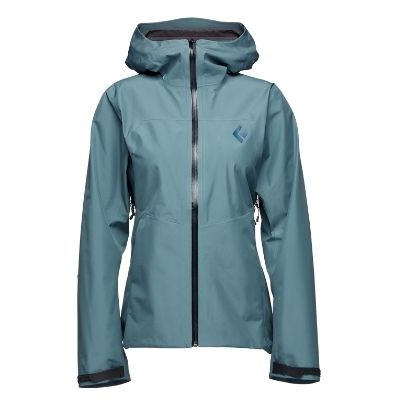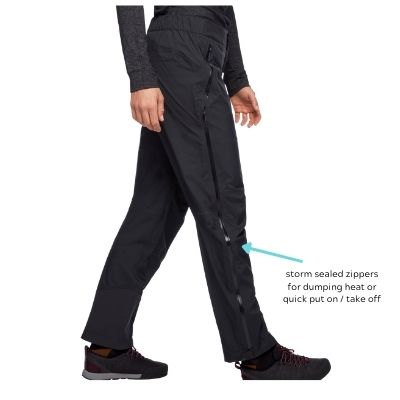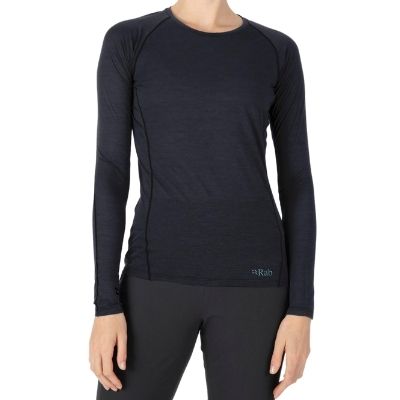Our biggest tip to anyone heading outdoors, whether it is snowboarding at the resort, hiking, climbing or really anything active is to dress in layers. When charging out in the winter, sometimes you want to assume that wearing that heavy, cozy down is the right choice for when it is pretty cold out. Unfortunately, that heavy down choice is quickly despised once you start cranking up that body heat.
Let’s jump into the ABCs of layering and walk you through what this means and examples of what you'd wear.
A
The first thing we start with is the base.
A baselayer should fit close to your body and be made of materials that wick away moisture from your skin. You'll pretty much leave this layer on all day.
The best option for this is merino wool and wool blends. Wool blends are better than ever with material woven in and treatments added to make it soft, non-itchy, retain stretch and be anti-microbial.
Cotton for the base is a no go. It doesn't wick well and you will be left damp and cold. Material that is mostly synthetic isn't ideal either as they tend to stink up right away...even if you aren't a stinky gal.
B
The next step is to pick your midlayer. The midlayer is your insulation piece and you can expect to put them on and take them off throughout the day depending on how your body feels.
A good all-around midlayer is a fleece. Not just any thick fleece is good though. You'll want to aim towards a more technical piece that has a power grid type of interior texture that assists in regulating temps. This type is really warm but also can dump heat when things get too hot. Fleeces are great as an active piece as well, without the need for a shell over them when warm.
Another relied upon piece of insulation would be either a synthetic or lightweight down jacket. These tend to be useful as a midlayer when the temps are cold, low exertion activity or when at the summit. They pack down really small for travel but provide a lot of warmth.
We often pack both kinds - a breathable, lightweight fleece and a lightweight (or heavier in winter) down.


C
The last key layer is your outer shell. This jacket or pant is usually, often called a hardshell, is made of a material that is waterproof and / or windproof to protect against the elements. In itself, it provides limited warmth but worn on top of your A & B layers, it is a crucial piece to lock it all in. Shells are super lightweight so there is really no reason not to bring them with you.
Some key features to look for are Gore-Tex or other brand proprietary material to provide the highest level of wetness protection, hoods that fit over helmets (climbing or ski/boaring) and pit or leg zips that allow you to dump heat without needing to remove the entire layer. There are other features commonly offered that are nice to haves.
This jacket will be your workhorse year round so invest in a quality one. If you have the budget, you can opt for lighter shell material jackets for summer and heavier weight shell jackets in winter.
A variation to the technical hardshell would be a softshell, more breathable but less wet protection as well as some brands offer a hybrid shell that combine the properties of a hard shell with a softshell.




